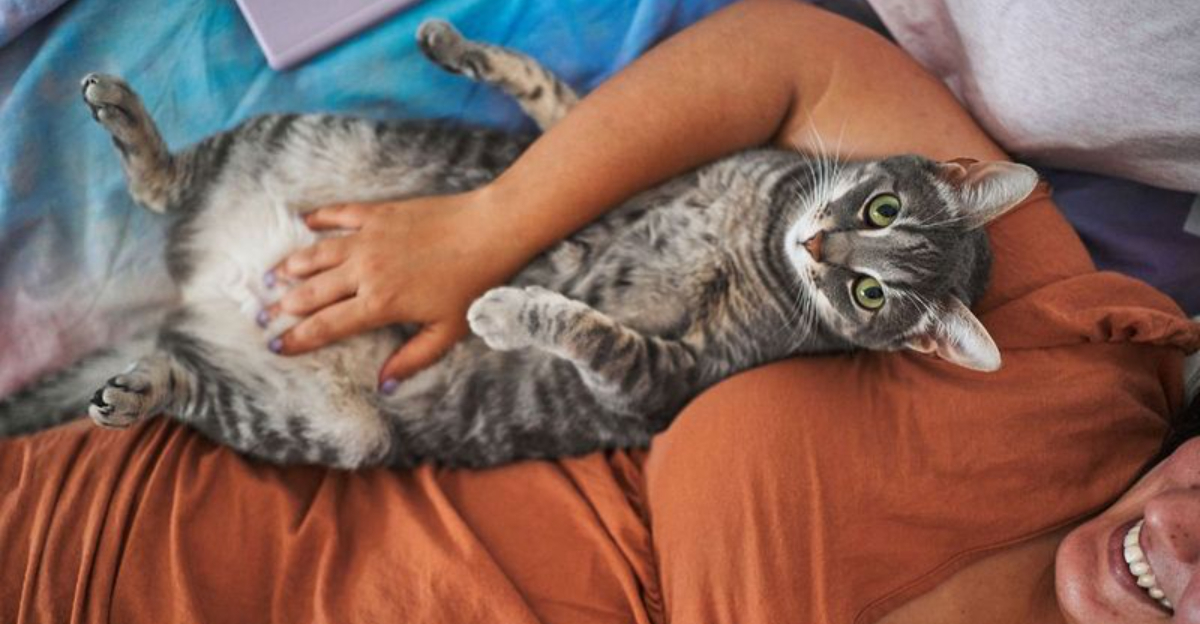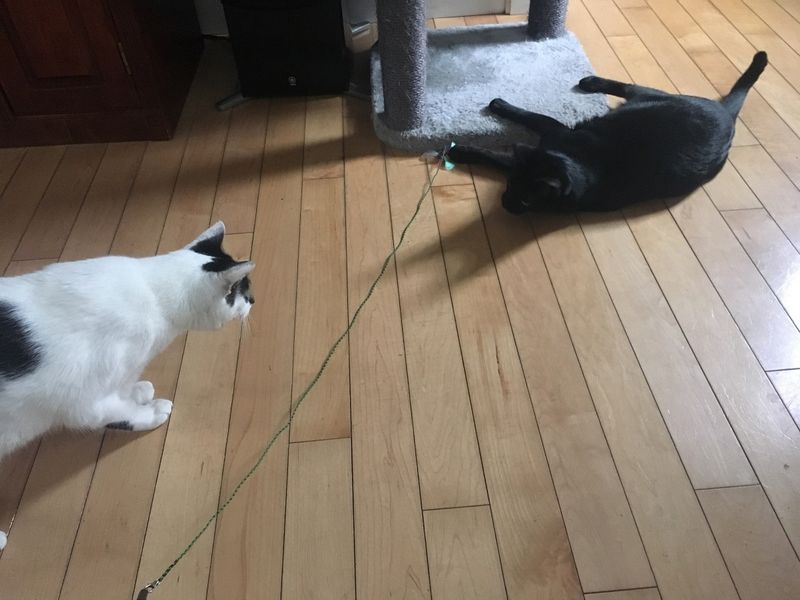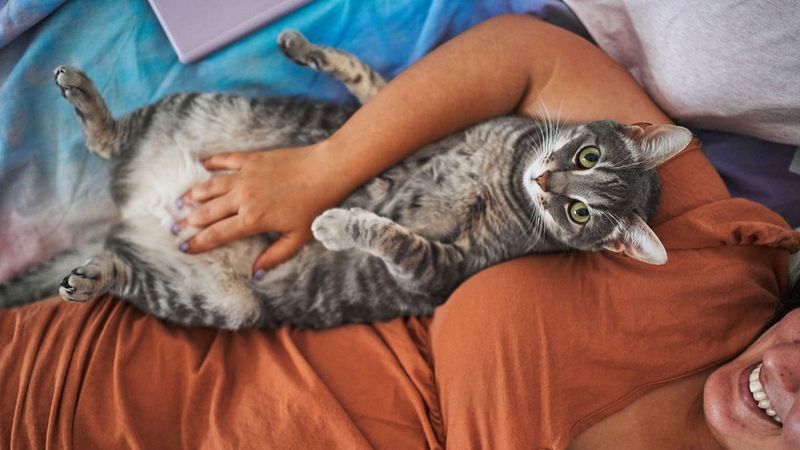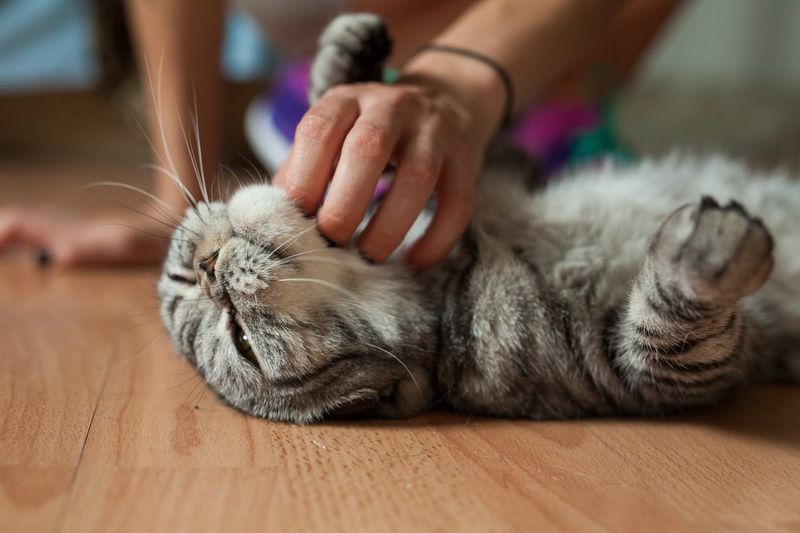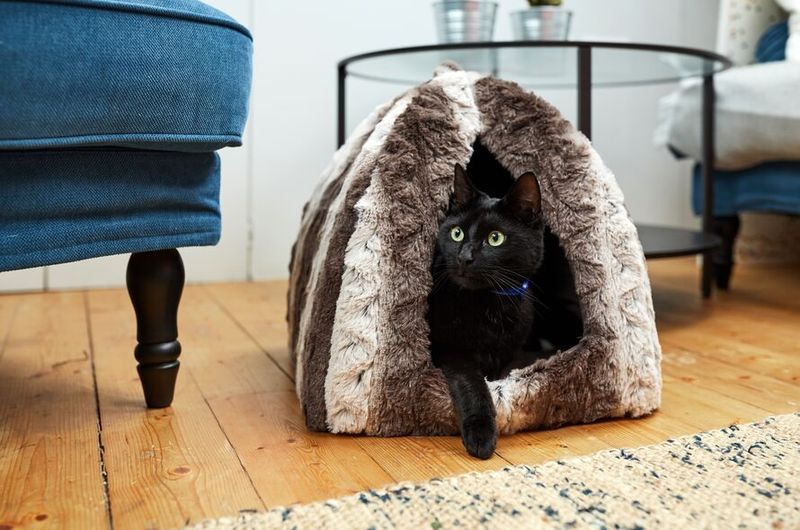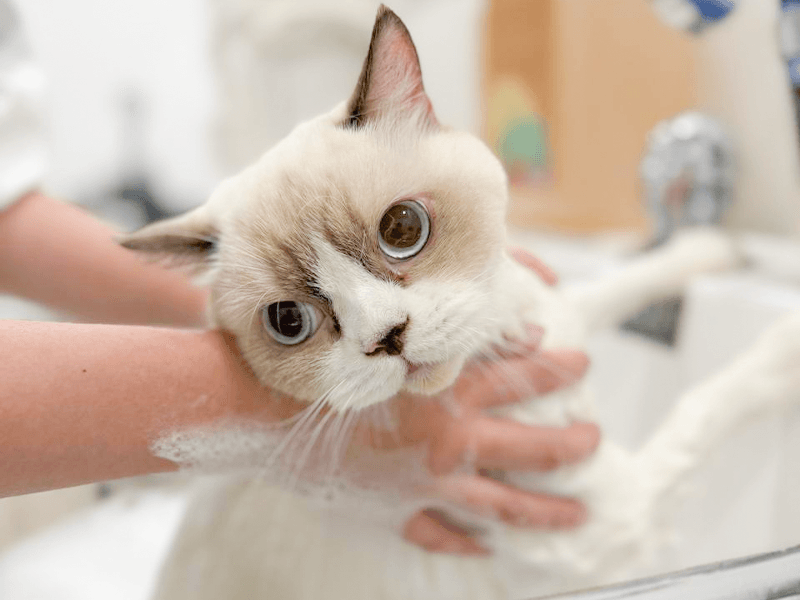📖 Table of Content:
Living with a cat is often a mix of affection, aloofness, and unpredictability. While their independent nature is part of their charm, many cat owners wonder how to improve their feline companion’s behavior or strengthen their bond. The truth is, small, mindful changes in your routine and environment can dramatically shift how your cat interacts with you.
Rather than assuming cats are emotionally distant, it’s important to recognize that their behavior often reflects how safe and understood they feel. Subtle shifts in your tone, timing, and the spaces you share with them can turn a standoffish pet into a more trusting, affectionate companion. Unlike dogs, cats respond best to consistency, calmness, and environments tailored to their instincts.
This article outlines eight simple yet highly effective changes you can make that might completely transform your relationship with your cat. Each change is designed to align with natural feline behavior, reducing stress and building connection. By understanding how cats communicate and what makes them feel secure, you can encourage deeper affection and fewer behavioral issues. These ideas don’t require expensive tools or major lifestyle changes—just a willingness to adjust and observe. Start small, and the results may surprise you.
1. Switch to Scheduled Feeding
Creating a predictable mealtime routine can bring an immediate sense of structure to your cat’s world. Most cats feel more secure when they know when their next meal is coming, as it reflects the hunting cycles they would naturally experience. Feeding on demand can lead to anxiety or pestering behavior, while set feeding times reduce this and create calm anticipation. A cat that’s secure in their eating habits is more likely to behave calmly the rest of the day. Over time, you may notice your cat being more affectionate and less demanding. You also gain better control over their diet and health, preventing overeating or obesity. Though it seems like a small act, scheduled feeding communicates reliability, which your cat will come to trust.
2. Use a Soft Voice
How you speak to your cat influences how they perceive you. Harsh tones can make even the most confident cats withdraw or become nervous. Lowering your voice and speaking gently can have a soothing, almost hypnotic effect that encourages closeness. Your cat may begin associating your presence with safety and comfort, which builds emotional connection. This gentle approach is particularly powerful during stressful moments like vet visits or grooming. Over time, they may even respond positively when you call their name or speak to them. The emotional climate of your home improves simply by adjusting the way you vocalize.
3. Add Vertical Space
Building up rather than out can dramatically enrich your cat’s environment. Cats are natural climbers and observers who seek high vantage points to feel safe and stimulated. Installing cat trees, window perches, or wall-mounted shelves gives them new ways to interact with their world. These vertical spaces also allow cats to escape overstimulation, which reduces conflict and anxiety. When cats feel they can control their territory, they behave more confidently and calmly. You’ll likely notice your cat watching more, playing more, and retreating less. These elevated zones serve both as playground and sanctuary.
4. Play Daily—Even for Just 5 Minutes
Interactive play taps into your cat’s hunting instincts, offering them an outlet for both physical and mental energy. Short sessions with feather wands, laser pointers, or crinkle toys mimic the chase-catch-kill sequence cats crave. Without this kind of stimulation, cats often develop destructive or aggressive behaviors. Play also creates a shared language between you and your pet, building trust and familiarity. Once a routine is established, your cat may start requesting playtime themselves. Over time, these sessions turn into emotional bonding experiences rather than just physical exercise. A few minutes of focused play each day can completely change how your cat perceives and engages with you.
5. Let Them Initiate Contact
Allowing your cat to make the first move in interactions can transform the tone of your relationship. Instead of picking them up or forcing affection, sitting nearby and waiting invites them to approach on their terms. This respects their space and builds trust without pressure. Cats who feel in control of their physical boundaries are more likely to initiate affection themselves. You may find your cat curling up next to you more often simply because they don’t feel coerced. This strategy is especially helpful for shy or recently adopted cats. Giving them the freedom to choose when and how they engage often leads to more frequent and genuine interactions.
6. Use Scent Swapping
Familiar scents are deeply comforting to cats, as their sense of smell is a primary way they interpret the world. Rubbing a soft cloth on your cat and placing it on your belongings—or vice versa—creates a bridge of trust through shared scent. This technique helps them identify you as part of their territory, which reduces anxiety. It’s especially useful in multi-cat homes or when introducing new people or objects. Over time, your cat may rub against you more often as a way to mingle scents. They may also spend more time in areas carrying your scent. Establishing scent familiarity is a gentle but powerful way to deepen your cat’s sense of connection with you.
7. Provide Hiding Spots
Safe hiding places offer your cat critical emotional refuge in a world full of unpredictable stimuli. Whether it’s a cozy bed under the couch, a cardboard box, or a cat cave, having somewhere to retreat helps your cat manage stress. These spaces mimic the hidden dens cats would seek out in the wild. Cats that know they have a private space to decompress are less likely to lash out or withdraw completely. When their environment supports both rest and retreat, they’re better balanced and more sociable. Even confident cats benefit from designated quiet zones. Over time, these spots often become their favorite places to nap and observe.
8. Groom Gently and Regularly
Regular grooming sessions with a brush can do more than just reduce shedding—they create moments of physical closeness and trust. Many cats groom each other to reinforce social bonds, and mimicking this behavior makes you part of that inner circle. The key is to keep sessions short, calm, and gentle, always stopping before your cat shows signs of stress. Start with areas they enjoy, like the head or cheeks, and gradually explore others. As trust builds, your cat may even come to request grooming from you. These peaceful moments foster positive associations with your touch. By approaching grooming as a bonding ritual rather than a chore, you shift the dynamic from obligation to affection.
